Stormonomics: Adaptive Building

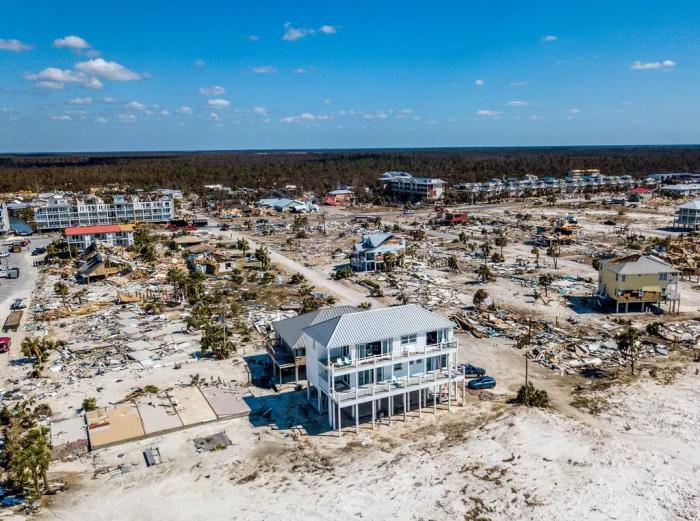
Summary
In the second to last article of the adaptive building series, I explore the way extreme storms serve as economic shocks, describing both ends of the economic spectrum: profit and loss. For the first time in this series, I incorporate quantitative data into the discussion with percentages and relative proportion graphs. Furthermore, current events and trends are brought into the discussion’s fold showing how adaptive buildings have the potential to be more lucrative in these storm-economic situations with community driven variables, and how losses can be amplified by current labor trends. In the middle of all of that, I provide undeniable examples of above and beyond planning being tested in the recent storms of the last few years.
Braving the Storm: Supply and Demand Economics
A common theme throughout this thesis is that storms can cost both the individual and collective society lots and lots of money if we are not prepared. However, devastating storms affect supply and demand economics; therefore, there can be as many winners as losers… preparation can lead to profit, and idleness likely leads to loss. Before I dive into the macroeconomic dynamics, I want to first drive your opinion with a simple question: How do you think the value of your home changes when it is the one of the few still standing, with only cosmetic damages, after a storm hits your town? If you answered that the value will most likely increase you would be right! Understanding this scenario is pretty intuitive.
If your building is only one of the few still inhabitable after a storm, then inhabitable buildings automatically become a regionally scare good, and scarcity typically increases prices. Consider a well-off individual whose home just got destroyed. In this scenario, their focus is to find a place to live as soon as possible. Money is not a concern; they simply do not want to stress about commissioning a building and all the time involved before they have a permanent place to stay. Much like last year’s housing market (when supply is low), they will buy at whatever relatively logical price you give them.
To get a more technical view of it, let’s take a look at Panama City’s 2019 Economic Development Plan. This report came out a year after Hurricane Michael tore through the community. The report is future oriented, however, its citations of the hurricane’s devastation are invaluable, and allow me to show you how constructing an adaptive building can prove to be a fantastic investment.
Graph 1
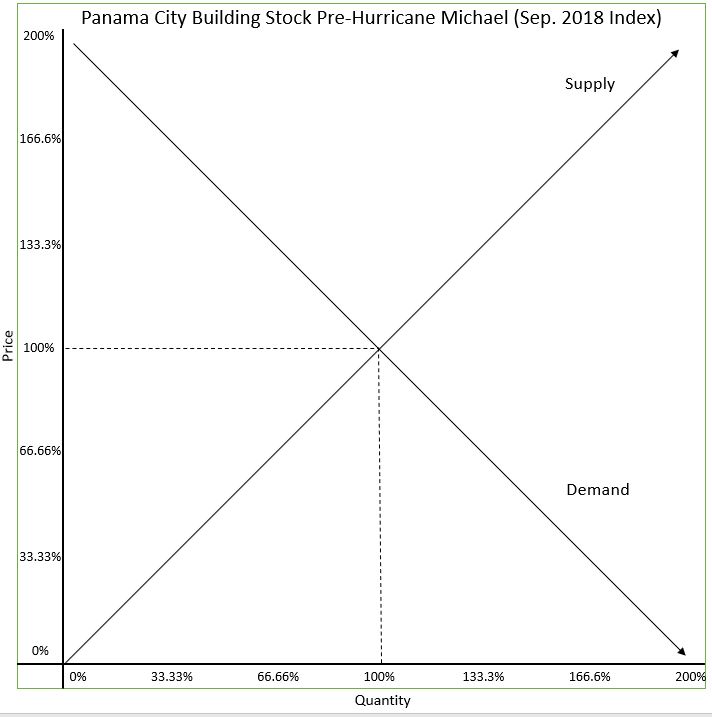
Starting off, we want to establish an indexed level of Panama City’s building stock before the hurricane (Graph 1). For simplicity’s sake, I use linear lines to help readers visualize the varying proportions in the supply and demand shifts; in reality, these lines are likely exponential/curved. Furthermore, as a disclaimer, I do not intend to tell you that your house’s value will increase by 58% after a storm, seen in the other graphs; each storm creates its own unique supply and demand shifts. Lastly, notice how the equilibrium is based on 100%. This is because, one, I do not have access to specific housing quantity and price numbers before and after Hurricane Michael. Two, that granularity is not required because I am only showing the proportional shifts and their effects on relative home value.
Graph 2
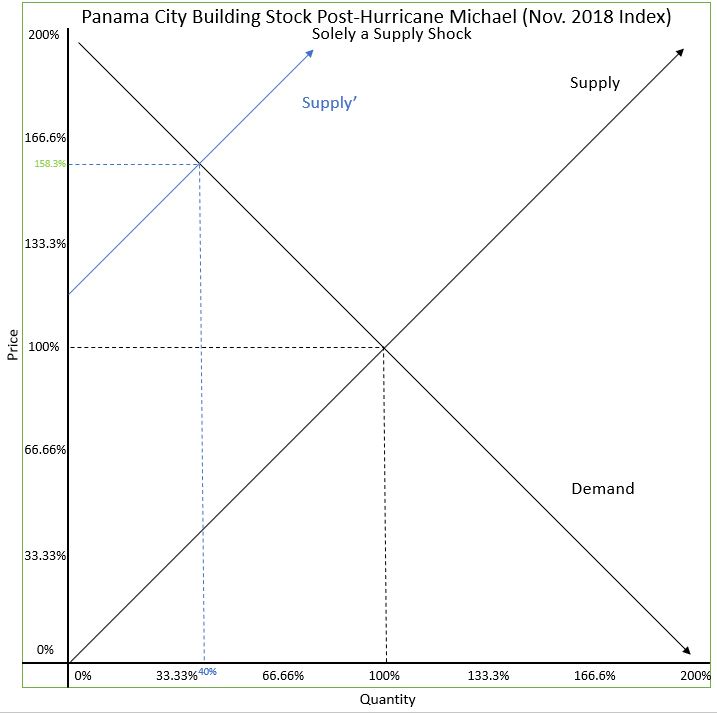
The first data point we will incorporate is the “the hurricane damaged 60 percent of the city’s housing stock.” In turn, Graph 2 shows the supply quantity of Panama City’s building stock being reduced to 40%. With just the supply of buildings changing, the value of a non-damaged home immediately increases by 58.3%.
However, you might understand that extreme storms affect a lot more than the buildings they tear down. Therefore, it is folly to say that 58.3% is realistic… even in this data driven scenario. To start, some people may leave a region affected by a storm to never come back. Fortunately, the economic development report mentions a population loss of roughly 20% due to Hurricane Michael. Graph 3 shows this change as now only 80% of people require/demand housing when compared to pre-hurricane levels. The important thing to note here is that your building’s value will increase if it is still inhabitable even with people leaving a region due to a storm. In this scenario, undamaged homes still increase in value by 51.6%.
Graph 3
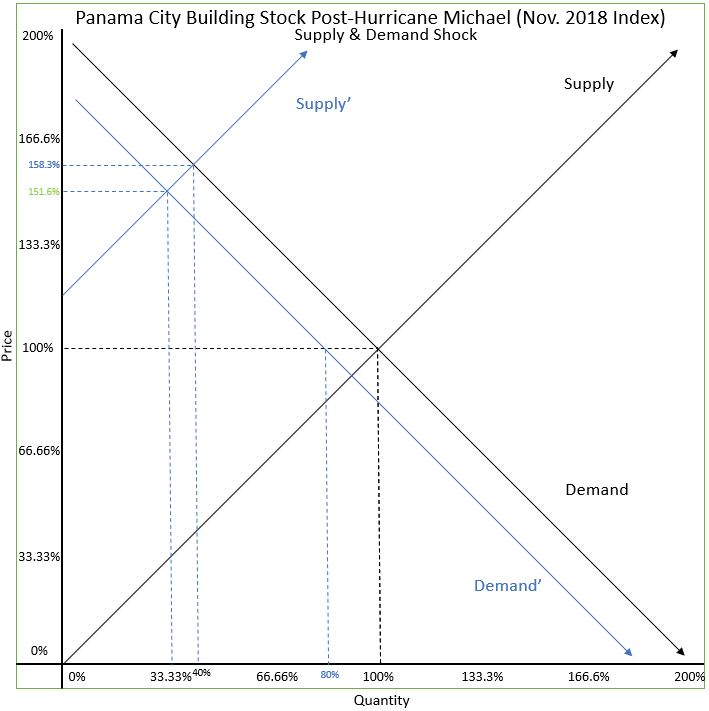
These value hikes should, obviously, be temporary. Prices/value will return to “natural rates” as soon as builders are able to raise more buildings during the months following the storm. The speed at which this is conducted determines how long prices will stay at their inflated rates. For instance, if the storm only damaged buildings within realistic repair, as compared to everything being leveled, then the prices would fall in weeks to months. If almost every building was leveled then the prices would slowly fall, as new buildings are slowly built.
As mentioned, every storm brings its own effects on the supply and demand of buildings. However, each effect can be predicted as easily as the dangers to our adaptive buildings. The two biggest ones I acknowledge are community sentiment and total building quality. For example, if a community is starting to get fed up with rebuilding every few years then you could expect a greater decline in housing demanded after the next storm, aka, more people are going to leave the region. On the flip side, if rebuilding is engrained nature for your community then you could expect very minimal shifts in building demand. If a region’s buildings are all old and rickety then you could expect a greater negative supply shift, following the next extreme storm, than if all the buildings were recent green or adaptive builds that need cosmetic repairs at the most.
Regardless, community sentiment will typically favor adaptive buildings for a while. In an NPR survey, it was shown that 67% of people surveyed would rebuild where they are after a natural disaster, with the highest segments, over 73%, being in the 40+ year old categories. Want a good investment opportunity? Find an old community in a natural disaster-prone area, build an adaptive building, and then wait for the next storm to cash out. With the obvious: “this is not sound financial advice, and I am not liable for any actions” disclaimer.
Rebuild Dependence
On the flipside of these supply and demand economics is a rebuild dependence dynamic, where we depend on our ability to supply freshly built homes to keep up with the demand. Dependence is often never seen as a positive term. We want our kids to grow up independent, we want our investment portfolio’s to be independent of the success/failure of a single stock or asset (diversification), we want to be able to produce the raw materials needed for development as much as possible to remain independent to foreign influences, and this is no different.
One such example was in the 80s with the oil supply shock perpetuated by OPEC. In turn, America became less dependent on foreign oil vowing to never be backed into the corner again. The United States is no longer in an oil corner, but it has been quite comfortable in the corner of rebuild dependence. Simply put, the United States has leaned on its ability to gather workers and raise buildings within short timespans. While this ability was a factor in The United States’ climb to the top of the GDP per Capita leaderboard, it is now preventing us from evolving as a country.
A few of the reasons being that raw materials are no longer as abundant as they once were, and in turn, are now more expensive this can be seen in Graph 4 where the price of lumber has steadily increased while the purchasing power of a single US dollar has decreased. As well as the fact that affordable housing is a difficult problem in many areas of the country. These considerations end up shining a big and bright neon sign saying, ‘something here is extremely inefficient.’
1 Graph 4
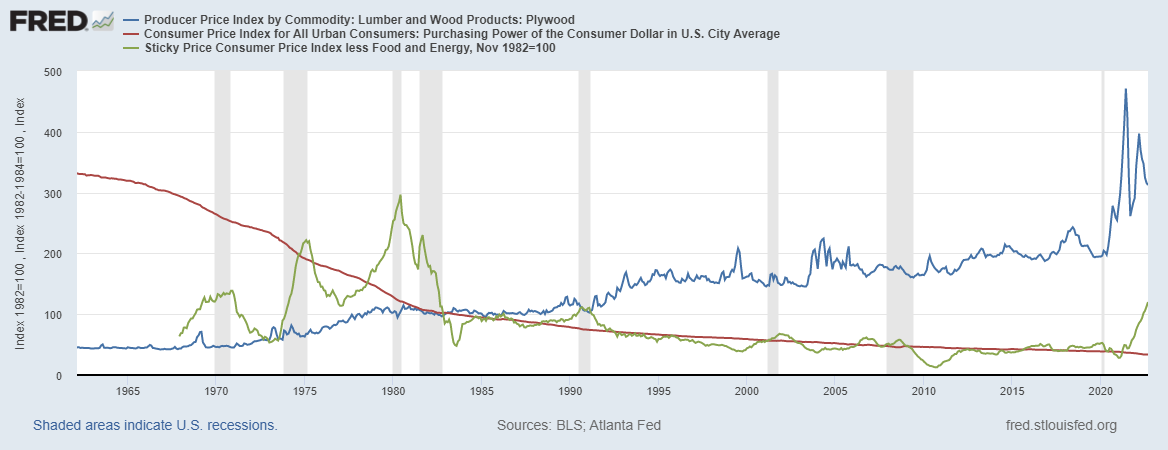
To start, this rebuild dependence could be understood through 2021’s historic home sale prices. The pace at which new homes were being built slowed drastically due to covid lockdowns and the overall trend of companies reducing their output preparing for a recession. There were different variables that impacted 2021’s wild real estate ride, such as large amounts of people leaving cities. On the other hand, I will argue that their impacts were miniscule compared to the supply crunch, as elevated home prices were a universal trend across the United States with a few locations having higher relative price increases than other areas (the locations city dwellers moved to in mass).
In economics, it is important to understand the natural flow of business and the general sequence of events. For instance, a building permit is signed and granted well before the final home sell price is determined, specifically, there are at least three months between the two events. We can take an in-depth look at the theoretical “rebuild dependence” with the Federal Reserve Economic Database (FRED) graph below (Graph 5). The graph includes the variables of median sale prices of US homes, and new privately own single family building permits issued.
1 Graph 5
The graph shows a sharp decrease in new permits issued for private single-family homes at the start of the covid recession, as businesses braced for the worst. The drastic drop in building permits created a path of dependence for the entire building industry, where the number of new homes that would be built in the coming months is universally understood to be limited because you cannot build and sell a home without a permit. As we move further down the timeline, the price in homes increase dramatically because the entire industry knows that they cannot count on as many new buildings entering the housing stock as before (pre-covid predictions). When the supply decreases, or in this case a sharp change in a steady growth rate, the price increases (a scarce good).
The immediate spike in building permits issued is the industry reacting to the elevated home prices. The industry is essentially saying “there is a bunch of money to be made… look at these prices! Come build more homes.” This is, in effect, the capitalistic market naturally reacting to other variables, which is all well and good. However, home sale prices are still roughly 20 indexed points above pre-covid-recession home sale prices. Regardless of how much room the prices have to fall in the coming year or two, these home prices have still far out stripped wage value growth, making homes relatively more expensive particularly for people who need to borrow money based on, that already mentioned, low wage level. Additionally, this shows how a single [and massively temporary] supply shock affects the prices of buildings well into the future. It’s hard to imagine how a more long-term supply shock will affect prices in the years to come, as will be discussed with the supply of trade labor further down.
The inefficiency of this rebuild dependence shows itself in our decreasing population growth (Graph 6). While the growth of our population slows (the people demanding homes), new home builds have still continued to increase. I understand that there are MANY nuances that determine when we need to build a new building, but the size of the population growth vs building stock growth differential screams “we are building more than we need to.”
1 Graph 6
Taking a Step Back
An incredibly strong storm can affect the short-term outlook of a regional building industry in a very similar way to the Covid permitting shock. Both throw the region on a path dependence of decreased growth.
Let’s take a Florida community built to withstand hurricanes for example. Babcock Ranch was built with the worst storm in mind 4. Among other measures, the community was built with flooding in mind, 30 miles inland. While the community didn’t receive the full might of Hurricane Ian, the community’s resilience stands out relative to its surrounding areas who still suffered damage to structures and energy infrastructure.
So, what did the fallout from Hurricane Ian look like for Babcock ranch? The answer is more people. Since the community avoided flooding and still had power, residents from other communities flocked to the ranch for shelter and the Babcock residents were happy to help. It is great seeing communities helping communities, but what if you were an individual? What would be the value of your home in a community everyone is flocking to? In this case, even if a single storm refugee decides to settle in Babcock Ranch your home value would likely go up. More people (demanders) in a region with a fixed number of homes (supply) pressure the price of existing homes to go up.
Let’s take another example, this one based on Hurricane Michael in 2018. Russell King set out to make his new home hurricane proof, going above and beyond what was required by building codes (cover picture) 3. Even though the picture says it all, I will leave you with this one quote: “Dr. Lackey [Russell’s nephew] saw his sand palace still standing, majestic amid the apocalyptic wreckage, the last surviving beachfront house on his block.”
Further Explanation
“If it ain’t broke, don’t fix it” is a well-known saying that applies to our rebuild dependence problem except, for it to be more accurate, you have to replace “fix” with “patch” If a storm tore down your home and you build a new house with the same building principles and standards you’re simply bidding your time for when finding shelter is a familiar problem again.
The rebuild dependence problem is then exacerbated by insurance protocols and future labor constraints. Insurance agencies pay claims by assessing the market value of a comparable asset, in this case a non-adaptive house, which is then used as the claim value. That makes sense, as insurances companies would not give you more money than the value of the insured asset. However, adaptive building requires more time and money up front, for the intensive planning phase, so it is virtually impossible to build back stronger when the only money you have is as valuable as a pile of rubble.
Additionally, the number of people entering the building trades is decreasing every year. Once again, when the supply of the entity goes down it becomes rarer/scarce, and in turn, the price goes up. So, when it costs relatively more money to build a conventional home, because the labor costs more, people will likely cost cut or bargain shop even more. Until adaptive building becomes widely accepted, most people would not consider building adaptively in favor of saving more money up front.
Lastly, the rebuild dependence has adverse effects on the value of homes, making them less and less affordable. One reason for this effect is already mentioned with the shrinking labor supply. At the same time, if a natural disaster destroys an entire area’s building stock then the regional demand for built or soon to be built buildings will increase. When the demand increases relative to a steady supply, the price increases. While homes are valued with labor costs and regional demand in consideration, there is still enough time and opportunity, between the insurance appraisal and signing the contracts to get your new home built, for predicted costs to misalign with the actual costs. Increases in technology can automate home building, lowering costs I will admit, but technology advancements are still far from influencing the market in a powerful/widely adopted way.
Another reason has to do with depreciation. Building a home does not happen instantaneously, especially if it is being built conventionally. Assuming the building destruction is fully insured, which it often is not the case with extreme natural disasters with obvious implications, the money received from the insured building will likely pay for more things than just commissioning a new building. You will need a place to rent while you wait for the construction to finish, perhaps you eat out more without your desired kitchen, you have to take un-paid time off to take care of insurance and new construction paperwork, or you have to pay for all of the debris from your old house to be removed before construction can begin. In these scenarios, the money leaving your old home is not the same amount going into the new one. And if you are still paying your mortgage you will likely have to forget about any chance of retaining your home’s value by paying for these side expenses out of pocket.
We have mentioned the effects labor can have on the price of a new home when the labor is stretched thin; those same affects apply to the raw materials that go into making the house. When a storm hits, the number of raw materials in that region is relatively fixed. Transportation networks may be shut down for a day or two, the raw materials naturally flowing down the supply chain are likely already accounted for, and some of the raw materials in stock yards may be damaged by the storm beyond use. Every builder/contractor in the storm torn area will be bidding for all the available raw materials, and the raw materials that flow in from other areas will not reduce the prices until most of the demand is satisfied. This is because the external raw material suppliers only allocate their supply to storm torn areas because all the increased prices mentioned above make the allocation a financially smart move. Servicing new areas require additional investments and/or payments for increased logistics usage, that were previously not profitable until the storm-induced increased prices arrived.
Wrapping it Up
We, as a society and as individuals, are sitting at a crossroad. We can continue to invest in physical buildings that burn bright and die young in the face of a world increasingly hostile to human development and infrastructure. Or we can start investing in physical buildings that don’t resist the hostile environment understanding that mother nature will win every single time.
Can you imagine a society where no one evacuates for hurricanes? Where watching a devasting storm roll in from your patio is similar to watching lightning storms? I know I can.
Sources Cited:
1 FRED®, Federal Reserve Bank of St. Louis
2 HR&A Advisors. (2019). Panama City Economic Development Plan. Panama City; Municipality of Panama City.
3 Mazzei, P. (2018, October 14). Among the ruins of Mexico Beach stands one house, built 'for the big one'. The New York Times. Retrieved December 28, 2022, from https://www.nytimes.com/2018/10/14/us/hurricane-michael-florida-mexico-beach-house.html
4 Neuman, S. (2022, October 6). One Florida community built to weather hurricanes endured Ian with barely a scratch. NPR. Retrieved December 28, 2022, from https://www.npr.org/2022/10/05/1126900340/florida-community-designed-weather-hurricane-ian-babcock-ranch-solar
Cover Photo:
Mazzei, P. (2018, October 14). Among the ruins of Mexico Beach stands one house, built 'for the big one'. The New York Times
- Filed Under: Advocacy
- ( 2075 ) views

Clayton is a Bentley University Alumnus. He became increasingly involved in environmental impact work throughout his tenure at Bentley. Much of his professional experience is working in the home energy industry. He served as a marketing intern and technician for a local solar company, and worked for the Mass Save Program’s quality assurance company, Abode EM. Recently, Clayton was inducted into the Millennium Fellowship, became LEED Green Associate Certified and he will be working at Schneider Electric as a Sustainability Consultant come June 2022.
- ( 0 ) Ratings
- ( 0 ) Discussions
- ( 0 ) Group Posts
Reply/Leave a Comment (You must be logged in to leave a comment)
Connect with us!
Subscribe to our monthly newsletter:
 Greenbuild Report Out, 2025 Nov 12, 2025
Greenbuild Report Out, 2025 Nov 12, 2025





Related Posts
-

-

-

-
 Making Green Sustainable... Again Apr 20, 2020
Making Green Sustainable... Again Apr 20, 2020 -
 Are you a sustainability rockstar? Sep 09, 2018
Are you a sustainability rockstar? Sep 09, 2018






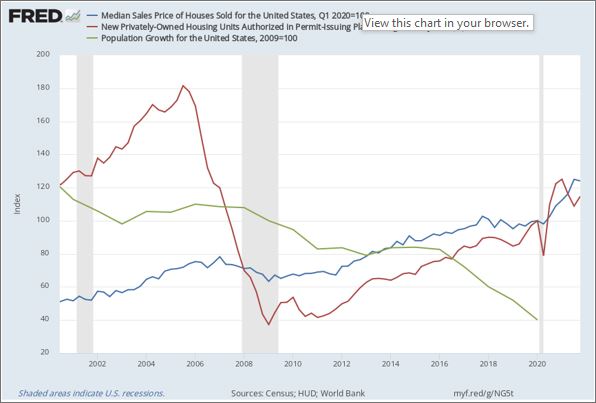
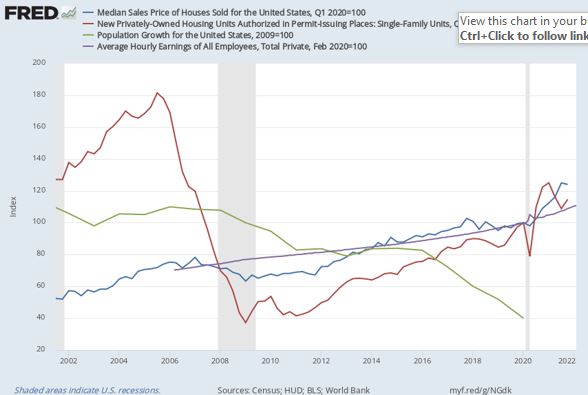














Not a Member Yet? Register and Join the Community | Log in